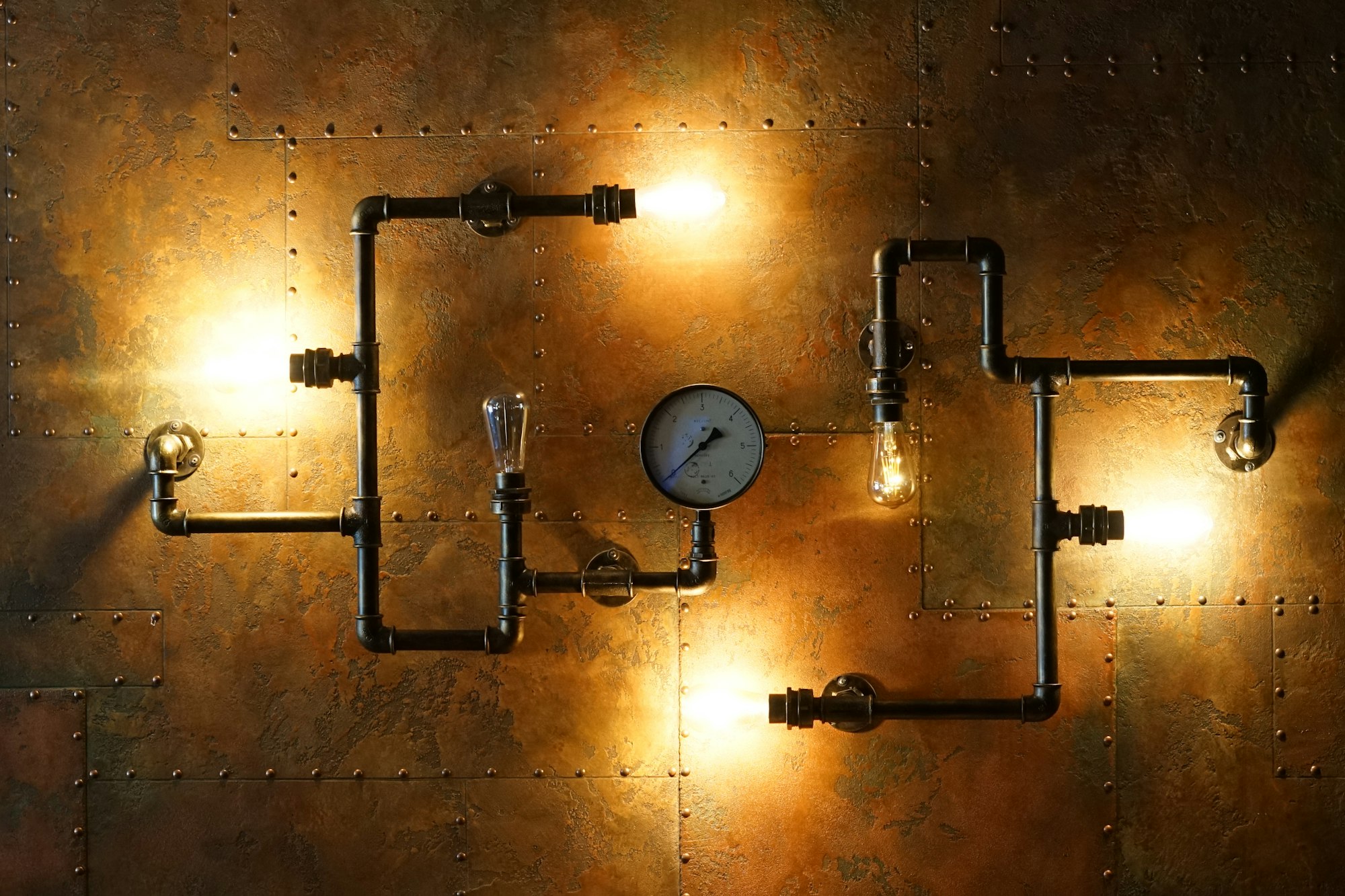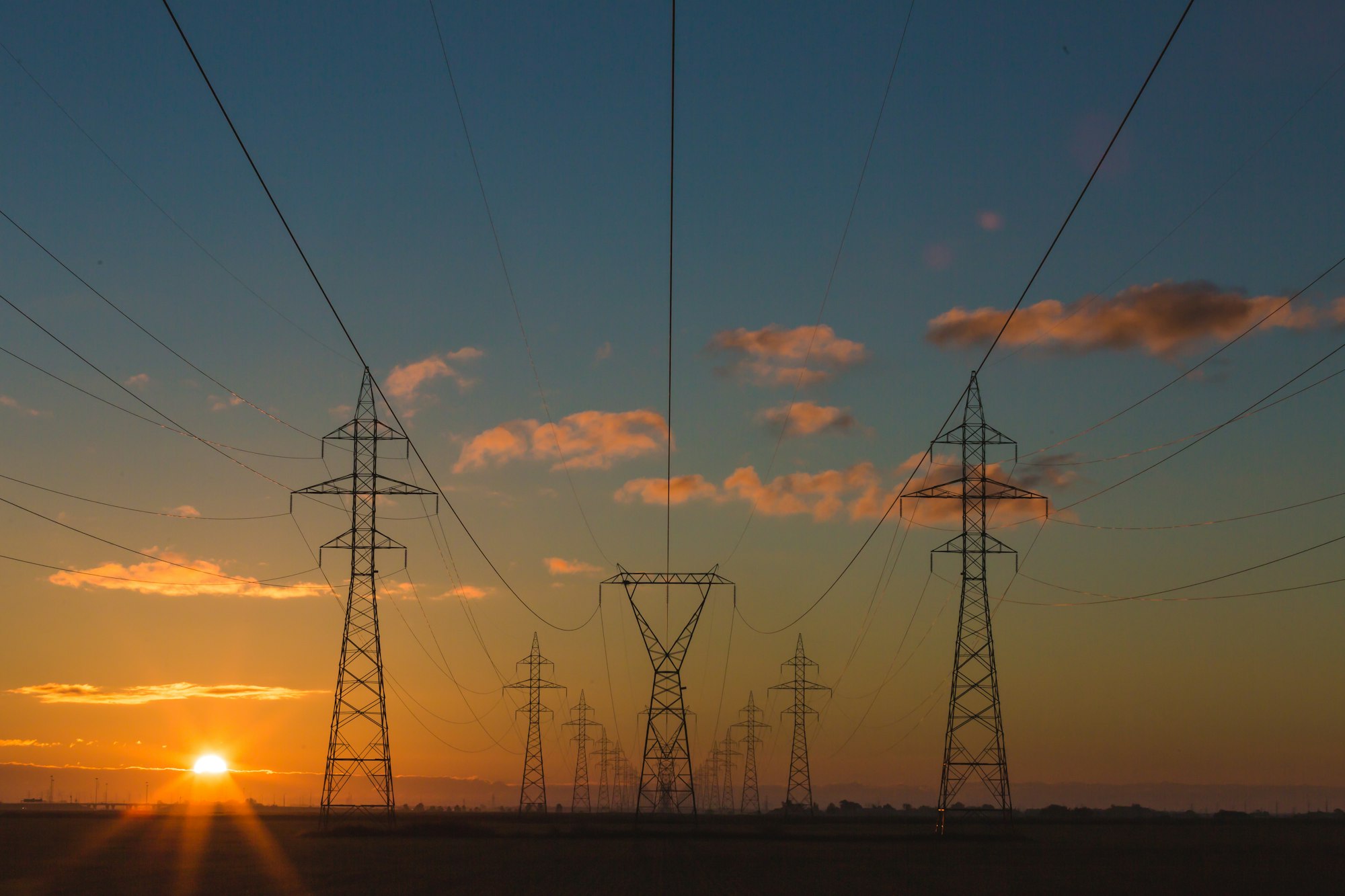Pressure

Pressure is the measure of force applied over a given area. The formula used to determine pressure is:
Pressure = Force/Area
When force remains constant, pressure and area are inversely related. If the area expands, pressure diminishes. Conversely, when area remains constant, pressure and force are directly related. An increase in force results in a proportional increase in pressure.
The standard unit of pressure is the pascal (Pa), where 1 Pa = 1 N/m2.
Pressure in Liquids

As you descend further below the surface of a liquid, the pressure increases. This rise in pressure is directly linked to the depth and is caused by the combined weight of the liquid above pressing down.
Essentially, the deeper you go, the more liquid there is above you, leading to increased force and, consequently, higher pressure.
To calculate pressure in liquids, we use the subsequent formula:
Change in pressure = Density × Gravity × Change in depth
Δp = ρgΔh
Where:
- Δp denotes the change in pressure.
- ρ signifies density.
- g represents the acceleration due to gravity.
- Δh denotes the change in depth.
Alternative to Practical Topical Simulation for Pressure
In the following simulation, you will be able to learn how pressure changes in water corresponding to its depth.
Woohoo! Kudos to you for completing the revision for this chapter! Well done! As a little gift, here is a song that goes well with this chapter as a treat😺
***this is the end of this guide. Hope you enjoyed it! Thanks for using Igcsepro.org! We hope you will give us a chance to serve you again! Thank you!
Continue Revising


